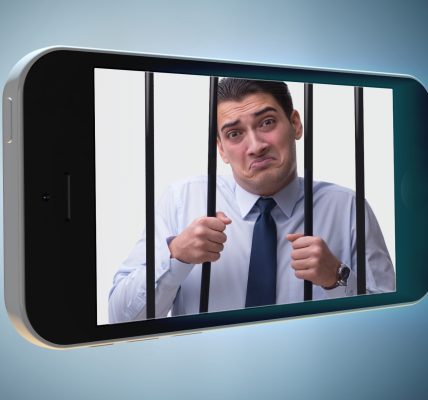Can Social Media Be Made Safe for Children?

There is no question that social media can be harmful to children and adults. Gaming addiction is a recognized mental health disorder. Most gaming today happens in the context of social media using multi-player live online gaming. Gambling addiction is also recognized as a mental health disorder. Most gambling today happens online, often on smartphones.
Almost all advertising-dependent smartphone apps are designed to maximize the user’s time with the app. Many of the apps use techniques learned from the gaming and gambling industries to make their apps more irresistible. Some of the techniques they use involve quickly ratcheting up peer pressure and providing consistent, escalating rewards for increasing usage. Gimmicks such as “loot boxes” trigger dopamine bursts that keep young people spending hours gaming online.
The impacts are plain to see. A group of Canadian school districts is suing the big social media companies to recover costs they’ve incurred dealing with problems due to the compulsive use of smartphones. The districts have had to provide more social workers and specialists in dealing with children with behavioral disorders.
Addictive apps cause children (and adults) to lose sleep, worried about what’s happening when they aren’t online. Sleep disruption and daytime smartphone distraction cause problems at school. When the compulsive use is so profound that it causes disruption to family, school, and social life — and the user wants to stop but is unable to — it crosses the line to being an “addiction” that warrants medical intervention.
Children may not realize that many of the “peers” in the peer groups they are involved with are bots designed to keep them actively using the app. A 2018 article in the Proceedings of the National Academy of Sciences (PNAS) found that “Bots increase exposure to negative and inflammatory content in online social systems.” If half the players in a multi-player environment are bots designed to keep users playing, what chance do children have?
In the United States, several states have tried to crack down on school use of smartphones, with mixed success. Is there a way to make social media safe for kids? That’s the subject of a deep-dive article by the BBC, which starts with two news laws passed in New York State.
The SAFE for Kids Act “require[s] social media companies to restrict addictive feeds on their platforms for users under 18.” Since there is no agreement on what an “addictive feed” consists of, it is hard to see how app developers can comply. Does making an app useful constitute an addictive feed?
The SAFE for Kids Act is more specific regarding notifications. Social media platforms are prohibited from sending notifications to minors between the hours of midnight and six a.m. It begs the question, what is a social media platform? Is text messaging a social media platform? Would parents be blocked from texting with their kids? Would this law prevent smart cameras from alerting someone to a potential intruder? Would it prevent severe weather alerts?
The SAFE for Kids Act further requires that social media platforms age-verify their users and require parental consent to use apps with “additive feeds.” This would effectively require age verification for every single user of an app, not just kids. That would eliminate the anonymous use of social media, meaning every move by every user would have to be trackable. Which brings us to the second law.
The Child Data Protection Act prohibits “collecting, using, sharing or selling personal data of anyone under the age of 18,” without parental or guardian consent. It is difficult to see how apps can deliver functionality to users without using any of their personal data. Apps that track your mood, your weight, your heart rate, or your blood sugar, would cease to function without the collection of user data. Many of the apps used by teachers and schools to communicate with students and parents could be prohibited.
The BBC points out that a law in Ohio requiring parental consent to use social media for children under 16 years old was recently blocked by a federal judge. In June, a California judge threw out school district lawsuits against the big social media companies, and in April, Mark Zuckerberg was found to not be personally liable in social media lawsuits against Facebook, Instagram and Meta.
It does seem that legislative solutions are slow to arrive and poorly crafted for sustaining court challenges. A state-by-state approach is hopeless and Congressional agreement on legislation is unlikely. There is, however, a technological solution. Parents or schools can provide children with intelligently designed phones that limit their access to some of the most addictive apps. So-called dumb phones are taking off as parents and schools realize that governments are never going to win this battle against big tech.
Written by Steve O’Keefe. First published October 1, 2024.
Sources:
“Bots increase exposure to negative and inflammatory content in online social systems,” Proceedings of the National Academy of Sciences, November 2018.
“Governor Hochul Joins Attorney General James and Bill Sponsors to Sign Nation-Leading Legislation to Restrict Addictive Social Media Feeds and Protect Kids Online,” New York State Governor’s Office, June 20, 2024.
“Politicians say they can make social media less ‘addictive’. Experts aren’t so sure,” BBC, September 18, 2024.
“Judge Temporarily Halts Ohio Kids’ Social Media Access Law,” Bloomberg, January 9, 2024.
Image Copyright: danik10.




